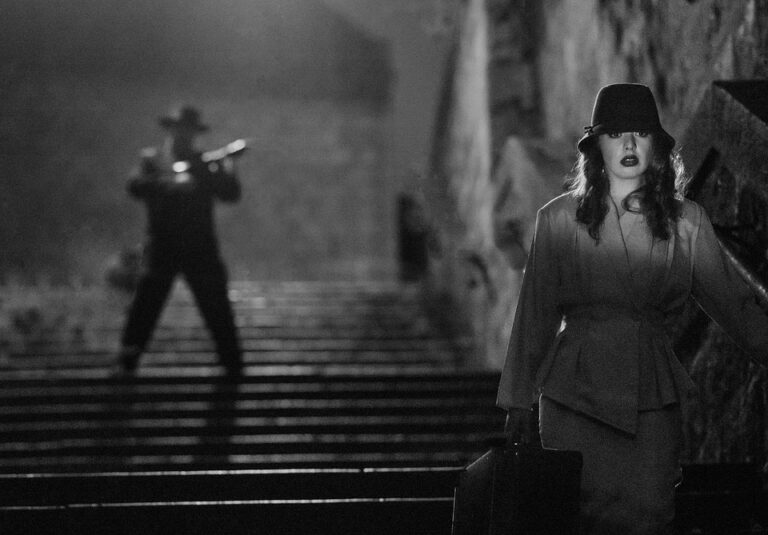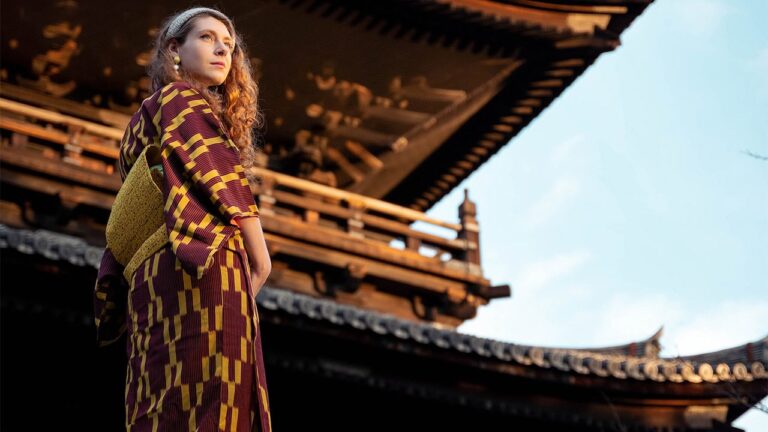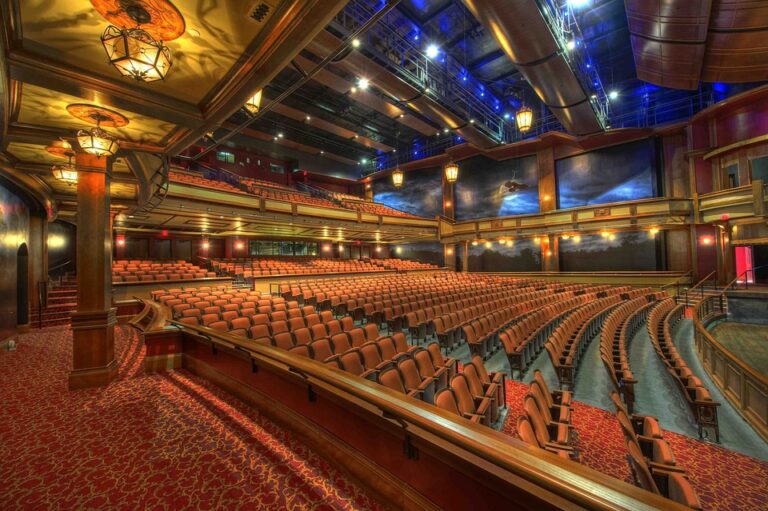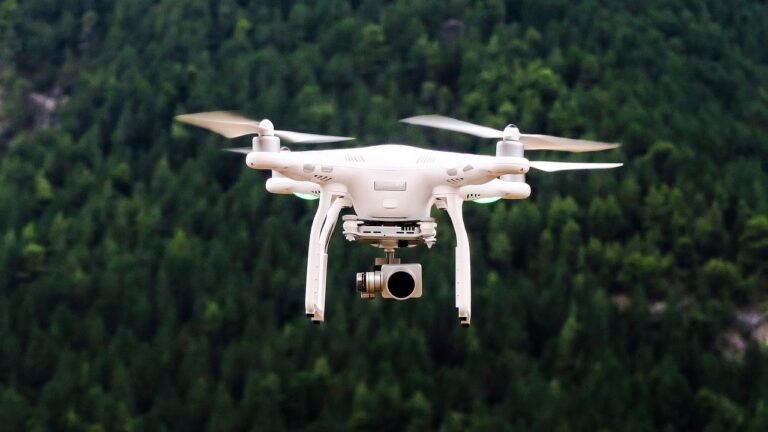The Vibrant World of Street Art: A Journey Through Urban Creativity
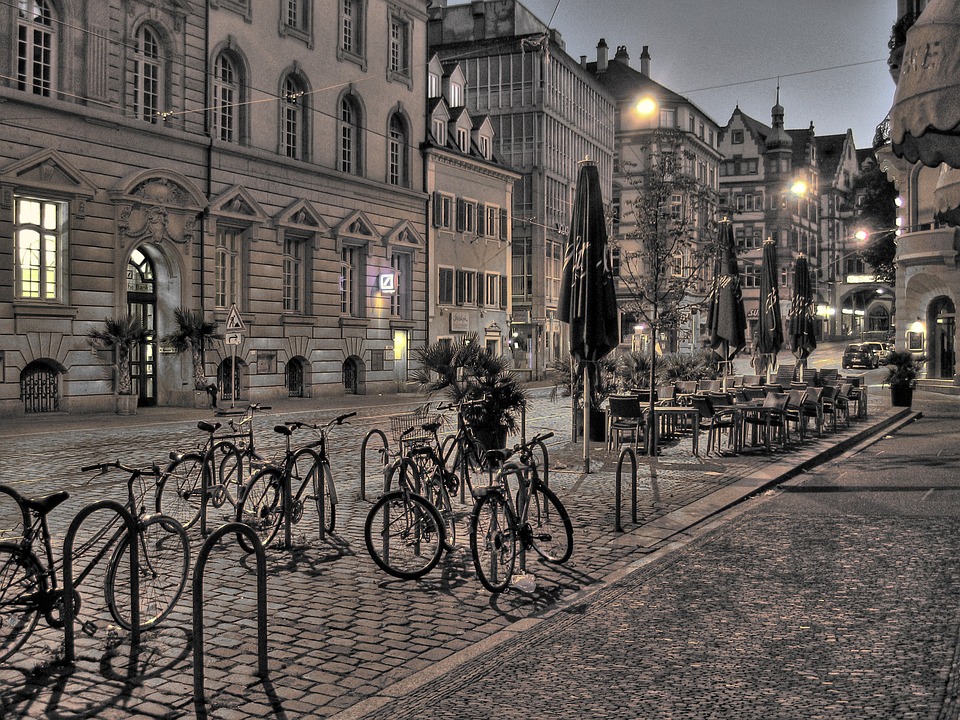
In the heart of bustling cities around the world, street art stands as a testament to the creativity and resilience of urban culture. Often found on the walls of abandoned buildings, alleyways, and city streets, these pieces of art not only beautify their surroundings but also tell stories of the communities they inhabit. Street art, in its many forms, has become a global phenomenon, inspiring artists and art enthusiasts alike.
The Evolution of Street Art: From Graffiti to Gallery
Street art has come a long way since its early days of being synonymous with graffiti and vandalism. In the 1960s and 70s, graffiti emerged as a form of rebellion and self-expression among marginalized communities in cities like New York and Philadelphia. Artists used spray paint to tag their names or create elaborate murals, often in defiance of societal norms and restrictions.
Over the decades, street art has evolved into a respected and celebrated art form. Artists like Jean-Michel Basquiat and Keith Haring helped bridge the gap between street art and the traditional art world, bringing attention to the skill and creativity involved in creating these works. Today, street art is not only accepted but also commissioned by city councils and private organizations to revitalize urban areas.
Key Elements of Street Art
Street art is defined by several key elements that distinguish it from other art forms. These elements include:
- Accessibility: Street art is available to everyone, breaking down the barriers of traditional art galleries. It is art for the people, often free to view and enjoy.
- Context: The location of a piece of street art is crucial to its meaning. Artists often choose locations that enhance the message or theme of their work, engaging directly with the environment and community.
- Temporality: Street art is impermanent by nature. It is subject to weather, city clean-ups, and other factors that can lead to its eventual decay or removal. This temporality adds a layer of depth and urgency to the work.
- Interactivity: Many street artists create pieces that encourage viewer interaction, from optical illusions to pieces that invite physical engagement or participation.
Legendary Street Art Cities
Certain cities around the world have become iconic for their vibrant street art scenes. These urban landscapes serve as canvases for artists to express their creativity:
- Berlin, Germany: Known as a hub for creativity and freedom of expression, Berlin’s walls are adorned with politically charged murals and experimental art. The East Side Gallery, a preserved section of the Berlin Wall, is one of the most famous street art spots in the world.
- New York City, USA: As the birthplace of modern graffiti, New York City continues to be a mecca for street artists. From the iconic pieces in Brooklyn’s Bushwick Collective to the ever-evolving art in the Lower East Side, the city offers a kaleidoscope of street art.
- São Paulo, Brazil: This sprawling metropolis is known for its vibrant street art scene. Artists like Os Gêmeos and Kobra have gained international acclaim, transforming the city’s streets into a colorful gallery.
- Melbourne, Australia: Melbourne is home to famous street art lanes such as Hosier Lane and AC/DC Lane, where the walls are ever-changing canvases for local and international artists.
The Impact of Street Art on Communities
Street art is more than just a visual experience; it has the power to transform communities. By beautifying neglected areas, street art can attract tourism and commerce, revitalizing neighborhoods economically. Additionally, it provides a platform for marginalized voices, allowing them to share their stories and perspectives.
In many cases, street art has been used as a tool for social change. Murals addressing issues like climate change, human rights, and political corruption can spark conversation and inspire action. Street art festivals and events also foster a sense of community, bringing together artists, residents, and visitors in celebration of creativity.
Street Art as a Form of Personal Expression
For artists, street art is a powerful means of self-expression. It allows them to experiment with different styles, techniques, and materials. From stencils and wheat paste to large-scale murals and installations, the possibilities are endless. Artists can work anonymously, using pseudonyms to protect their identity, or they can build a recognizable brand and style.
The personal nature of street art means that each piece is imbued with the artist’s unique perspective and voice. Whether addressing personal experiences, cultural heritage, or global issues, street art is an intimate and direct form of communication.
Future of Street Art: Embracing Technology
As technology advances, street art is also evolving. Artists are increasingly incorporating digital elements into their work, using augmented reality (AR) and virtual reality (VR) to create interactive experiences. These technologies allow viewers to engage with street art in new and exciting ways, transcending the limitations of physical space.
Moreover, social media platforms have become vital tools for street artists to share their work with a global audience. Instagram, in particular, has played a significant role in popularizing street art, allowing artists to gain international recognition and connect with fans and collectors.
Conclusion: Celebrating the Spirit of Street Art
Street art is a dynamic and ever-changing art form that reflects the spirit of the cities it inhabits. It challenges traditional notions of art and encourages us to see beauty in unexpected places. As we move forward, the influence of street art will continue to grow, inspiring future generations of artists and art lovers.
Whether you’re a seasoned art enthusiast or a casual observer, street art invites you to pause, reflect, and appreciate the creativity that surrounds us. So next time you find yourself wandering through the streets of a city, keep an eye out for the stories told on its walls. You never know what inspiration you might find.

